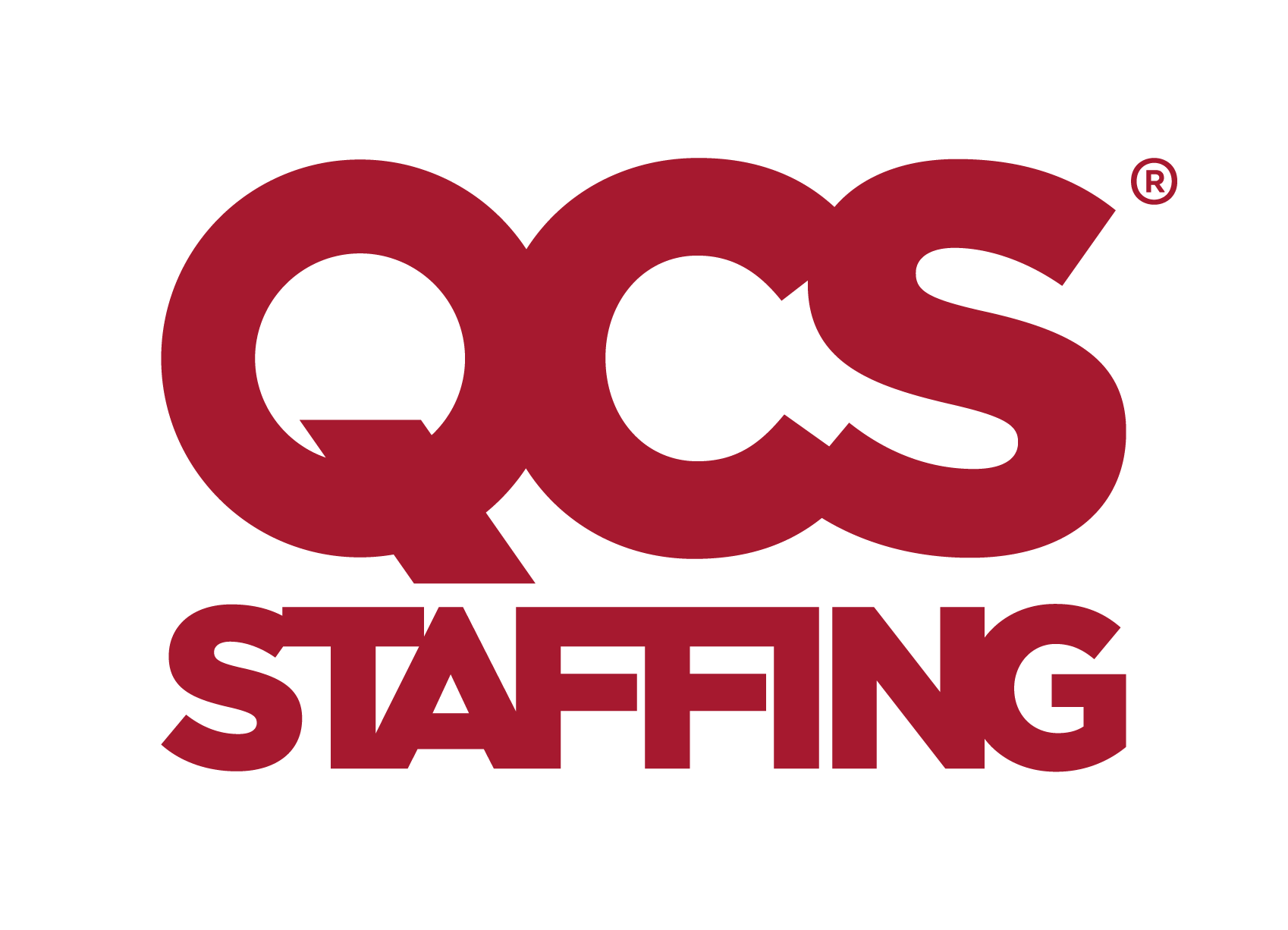Renewable energy of the future
Renewable Energy
Published on
12 April 2021
The past few years have seen renewable energy go from strength to strength, with new sources of power being discovered seemingly every week. While the mainstays of solar and wind remain strong across the world, what energy sources are we likely to see emerging in the future?
Tidal energy
The concept of tidal power has been around of centuries, yet it’s only in recent years that this renewable energy has truly begun to make waves. Tide mills have been used historically across Europe and North America, using mechanical power generated from coastal storage to produce mechanical power in mill grain processing. Modern tidal energy requires a steam generator, tidal turbine or dynamic tidal power technology to turn kinetic energy into electricity. It’s a green energy source, emits zero greenhouse gases and is relatively space efficient, which means countries with small coastlines can still make the most of tidal power. The predictable nature of tides means this type of energy is easy to plan for, cyclical and continuous, which bodes well for tidal energy employers and employees who want stability of work. Technical advances in tidal power are ongoing, driving cheaper and more sustainable approaches that are leading experts to predict a tidal and wave energy boom in the coming 20 years. Candidates considering whether to upskill or cross-skill into tidal energy might find now is the perfect time to do so.
Energy from waste
Energy from waste uses combustion to produce electricity, heat or a combustible fuel economy, processing waste to provide power. Its benefits include the obvious one of helping countries reduce their reliance on energy imports, as well as reducing carbon emissions, providing a steady and controllable output of power and offering very positive sustainability and greenhouse gas saving characteristics. It’s a market that’s expected to be worth $US35.5 billion by 2023, with investment in new plants and technologies all over the world. As energy from waste continues to develop, we can expect to see tens of thousands of jobs created as well as economic growth.
Algae
One of the more unusual renewable energy sources, algae-to-fuel is an alternative to liquid fossil fuels which offers significant commercial potential. Algae converts sunlight into energy and stores it in the form of oil, which can be refined into sustainable biofuels. Algal fuels have a very low impact on the atmosphere, land and water resources, as algae farms require little space and can be produced using seawater or waster water. The algae sector currently employs more than 10,000 workers in the US alone, while local organisations such as the Algae Technology Education Consortium are generating opportunities for education and training to support this energy industry of the future.
Jellyfish
Could jellyfish power be the next big thing in renewables? Possibly, according to researchers from Gothenburg who are developing a biological fuel cell made from the fluorescent protein cells of jellyfish. These solar cells provide hope for sustainable energy sources into the future, requiring no costly or environmentally-harmful elements. Meanwhile, University of Tennessee scientists have developed a creamy chlorophyll-covered jellyfish material that can release energy to power small devices such as LED bulbs and mobile phones. Research into energy from jellyfish is ongoing, although the threat of climate change and global warming means this solution may not be as renewable as some others.
Make your next renewable energy move with QCS Staffing
As a specialist renewable energy recruitment agency, we have a wealth of experience in supplying skills to exciting new sectors around the world. Whether you’re looking for your next role in energy from waste, tidal, solar or wind energy, we can help you make your move. View our latest renewable energy jobs here.





.png?v=80a0421a8ae621e572ffffe39c6613df)
